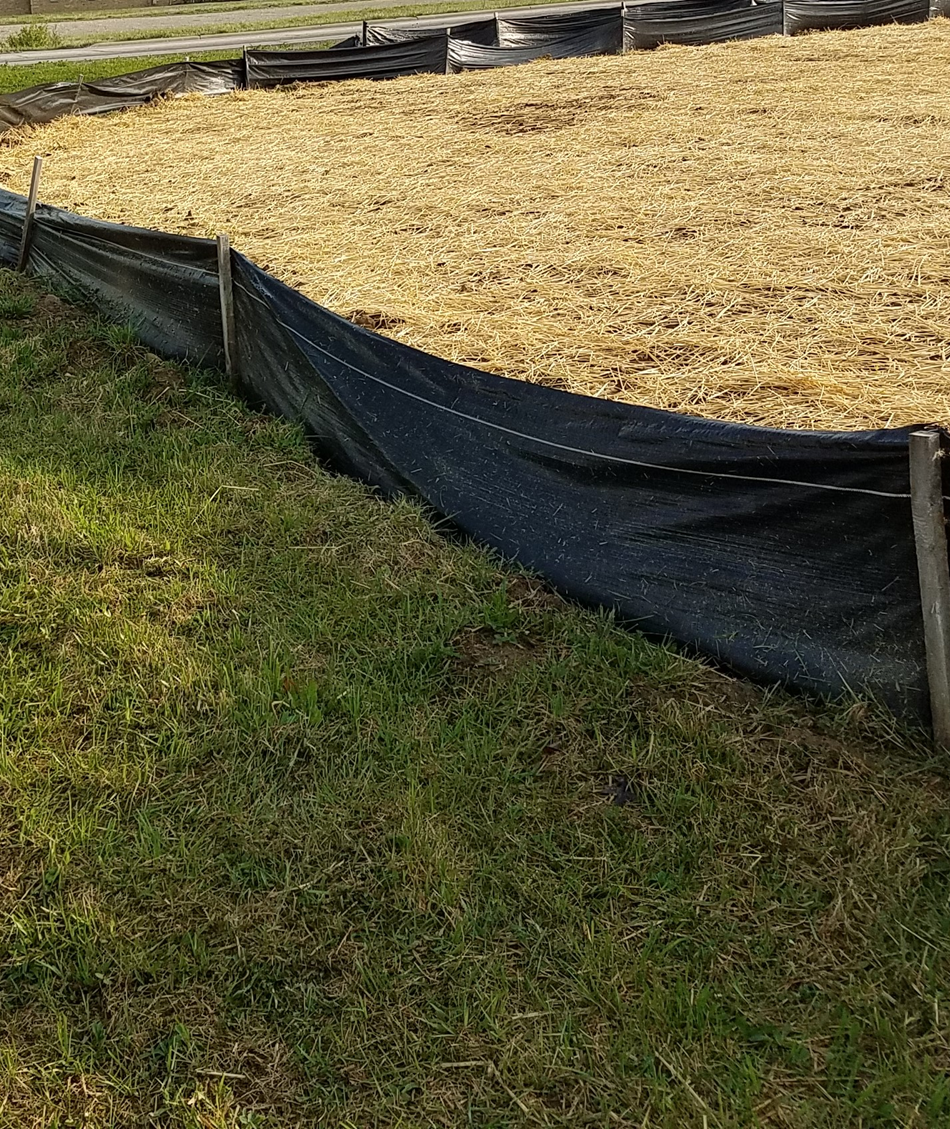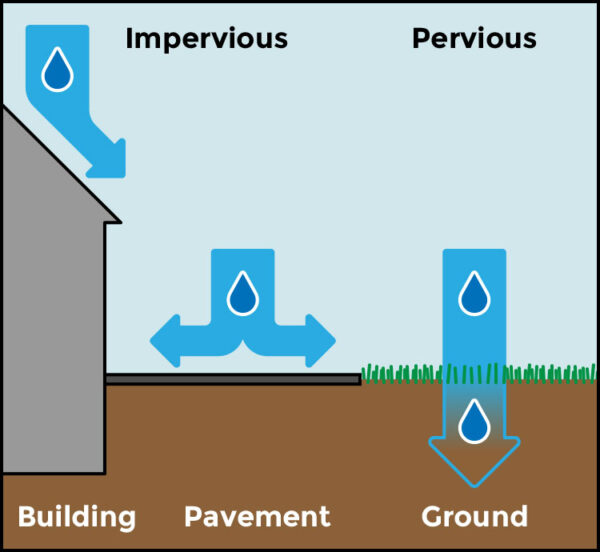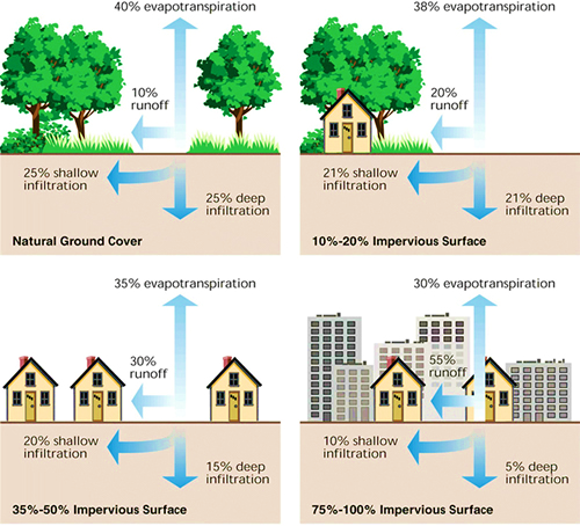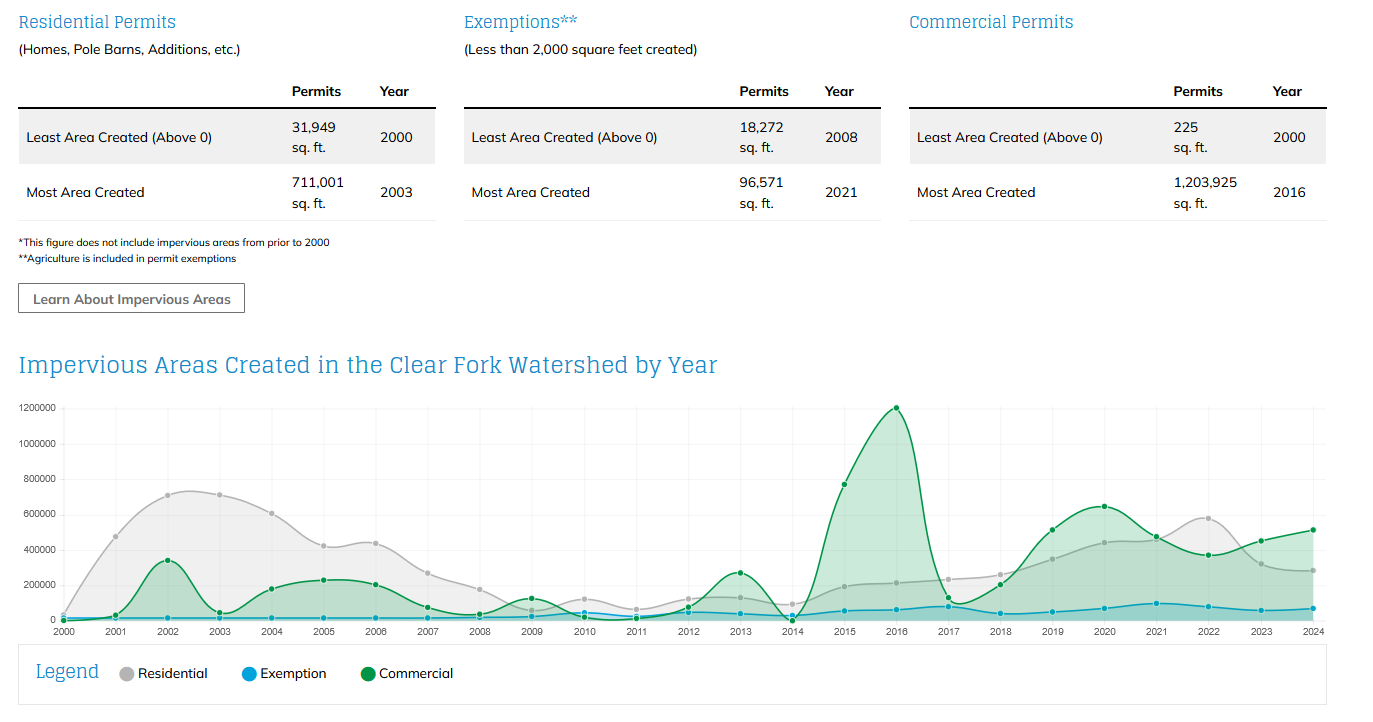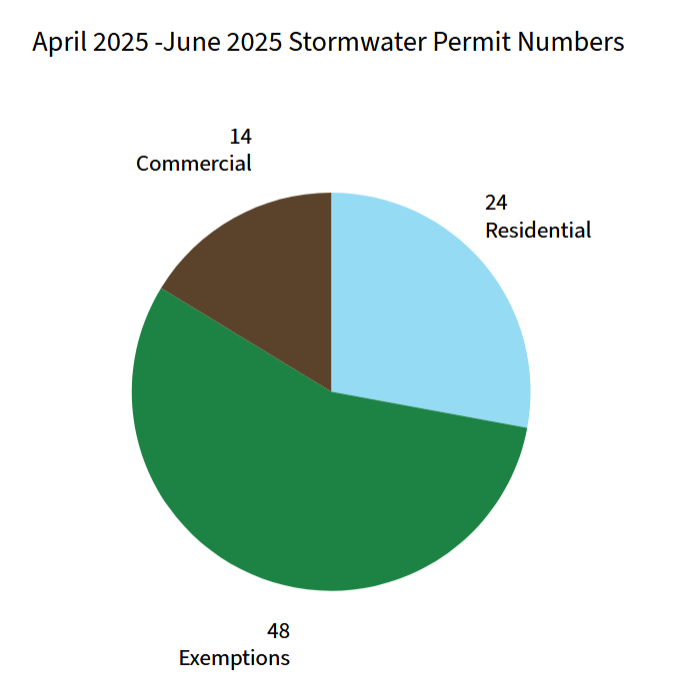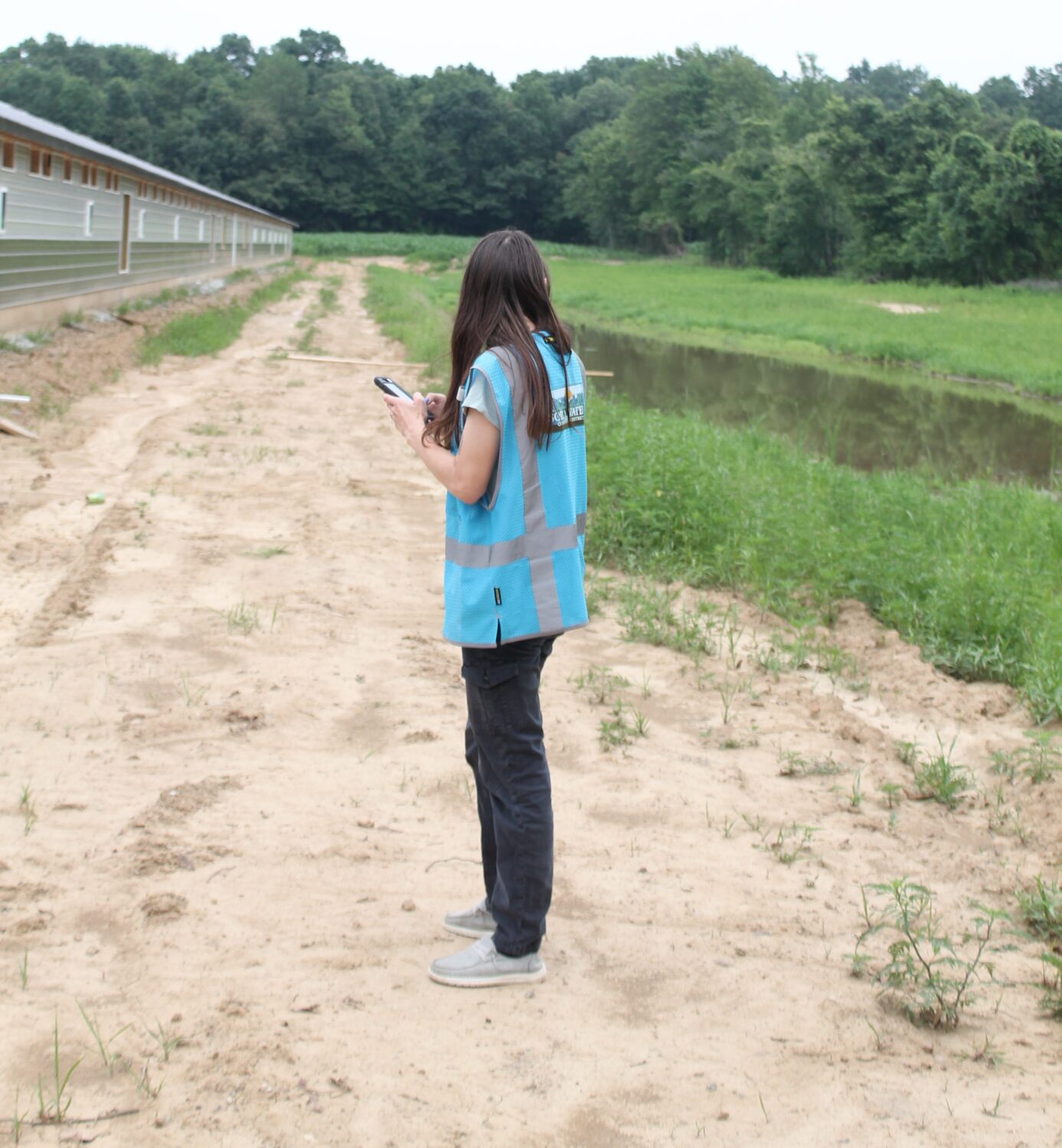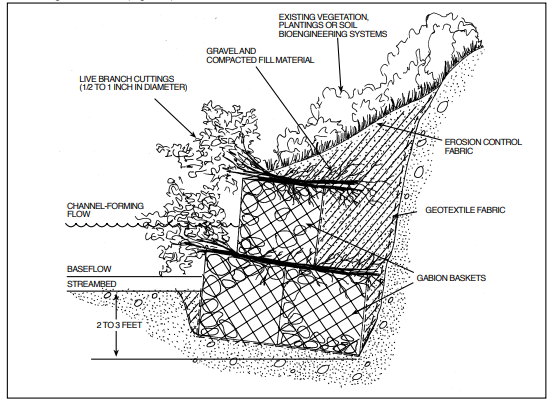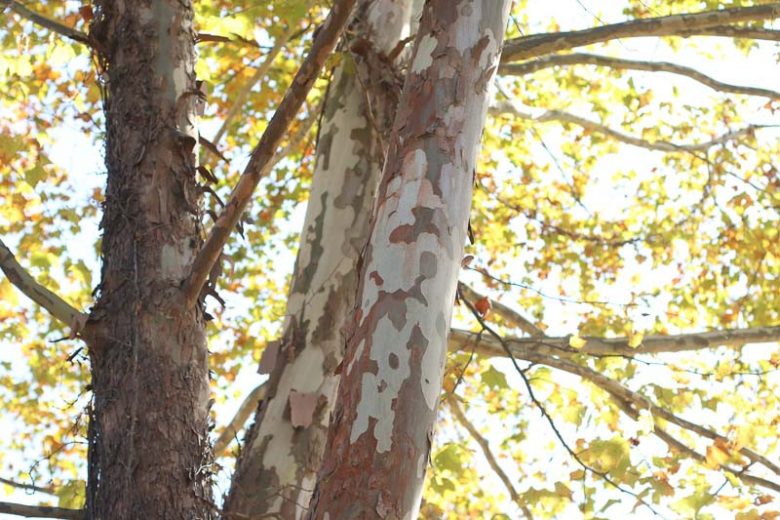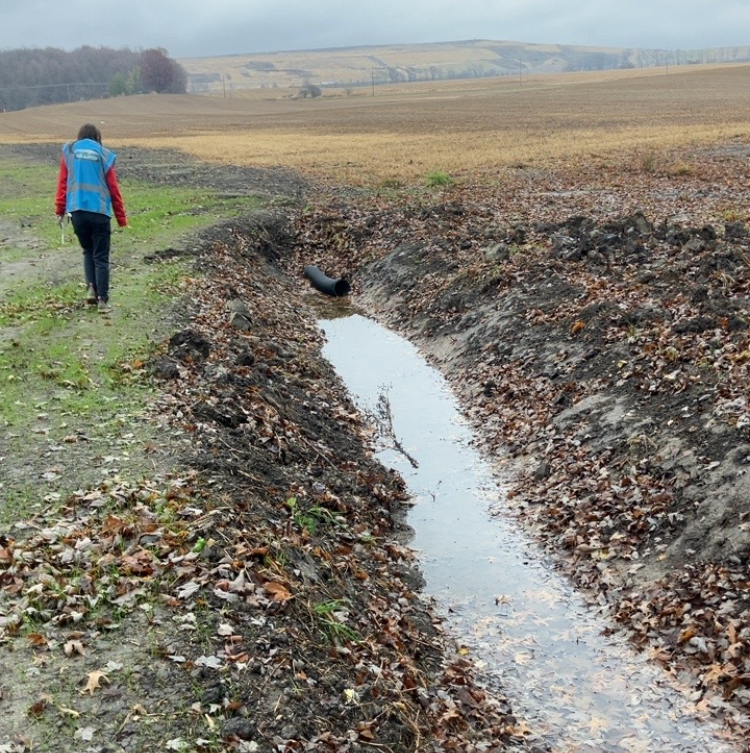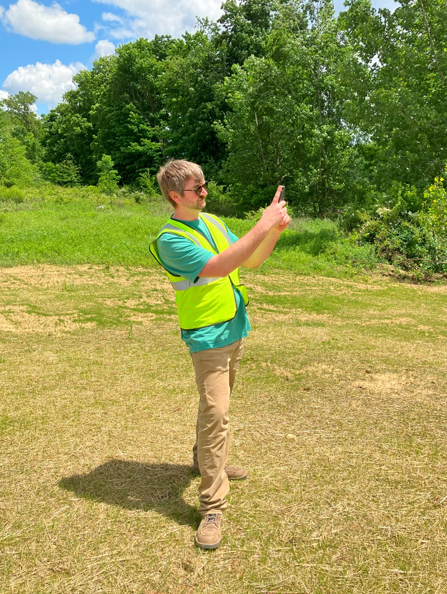Stormwater permit numbers and soil stabilization requirements.
By Sam Foley
Our third quarter of 2025 brought in quite a few stormwater permits. We issued 5 permits for commercial projects between July 1 and September 30. We also issued 106 residential permits during that same time frame with 63 of those being some sort of exemption.
Please remember, if you are moving soil in the unincorporated parts of Richland County you need to consult with us about a stormwater permit to ensure you are following the Stormwater Management and Sediment Control Regulations.
And now for a Stormwater Minute: Did you know that the county’s Stormwater Management Regulations have a section outlining the requirements for soil stabilization? We’ve defined soil stabilization as “Vegetative or structural soil cover controlling erosion, including permanent and temporary seed, mulch, sod, netting, jute mat and silt fence.” Temporary stabilization should be provided for rough graded areas that will be idle for longer than 30 days. Upon achieving final grade, permanent stabilization should be installed within seven days. Any portion of a site within 50 feet of a stream, wetland, or other body of water should be stabilized immediately. Be sure to use appropriate measures for the time of year, site conditions, and length of use. If you need advice on seeding schedules, we are always happy to help. As summer ends and cooler weather rolls in, it is an ideal time to plant grass seed and stabilize your site. Please plan accordingly to prevent soil loss and stay in compliance with the Stormwater Management and Sediment Control Regulations.
